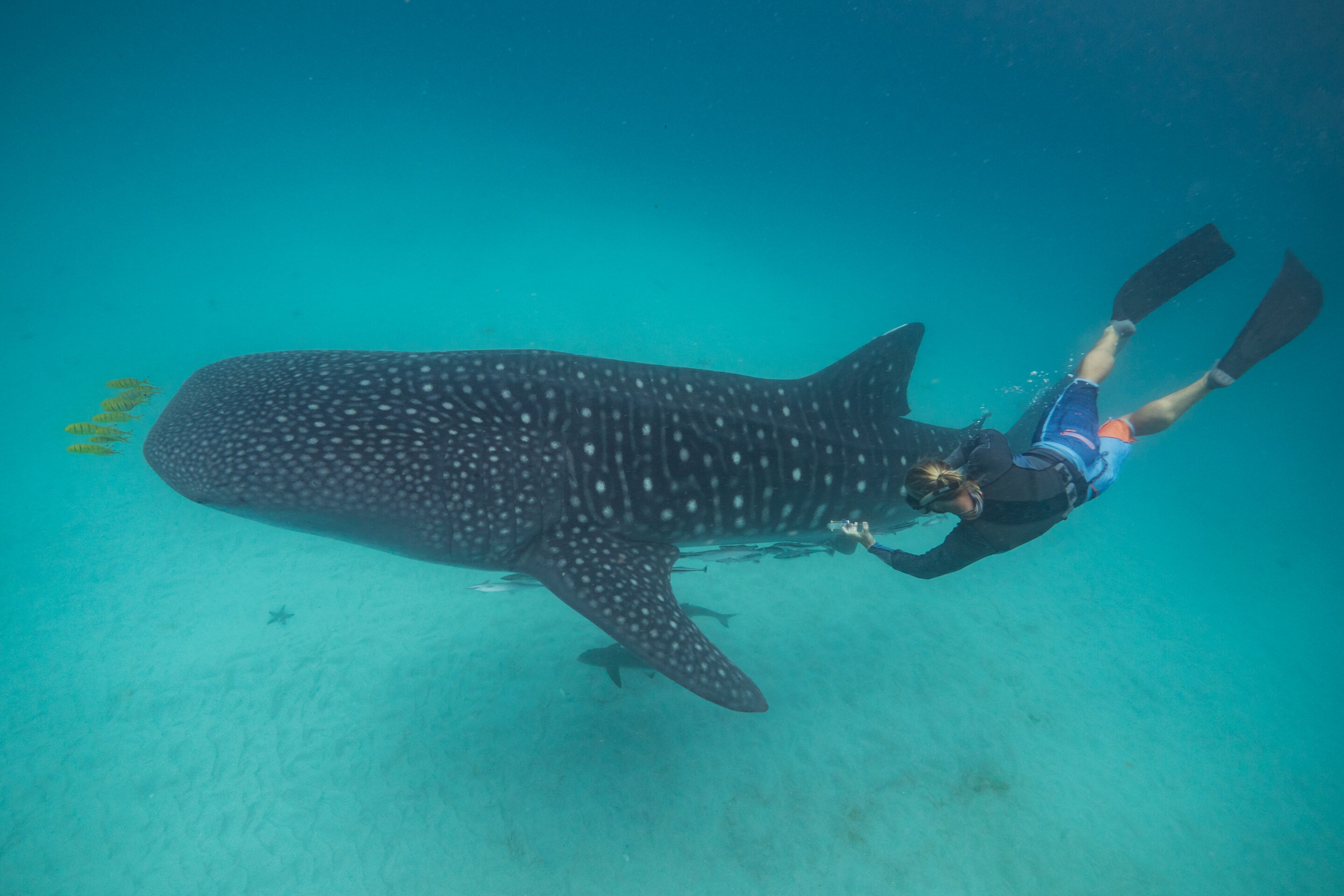Loss of habitat and human activities such as fishing and shipping pose a grave threat to wildlife but diseases driven by the smallest organisms in the ocean are a less understood side of marine conservation.
These diverse and abundant microbiome communities perform complex processes on skin and tissue of marine wildlife—and Flinders University scientists are breaking ground by understanding their role in an endangered shark species and to describe new marine microbes for the first time.
In a new article, scientists from around the world have collaborated to sample microbes on the skin surface of the world’s largest fish—the whale shark (Rhincodon typus)—at five of the most famous diving sites around the world, including Ningaloo Reef in Western Australia, Oslob in the Philippines, Mafia Island in Tanzania and La Paz and Cancún in Mexico. The work is published in the journal Scientific Reports.
With these docile filter-feeding sharks, the scientists from 12 international institutions collected microbial samples and then used cutting-edge genomic sequencing technology to describe the types of microbes on the skin surface of the whale sharks.
The study is the most extensive microbiome study to date of a wild marine animal of this physical size, involving 74 whale sharks in the three major ocean basins, and will form a baseline for future analysis and highlight how microbial species differ around the world, says Dr. Michael Doane, a researcher from the Flinders Accelerator for Microbiome Exploration (FAME) group in South Australia.
2023-08-22 21:24:02
Article from phys.org rnrn



















